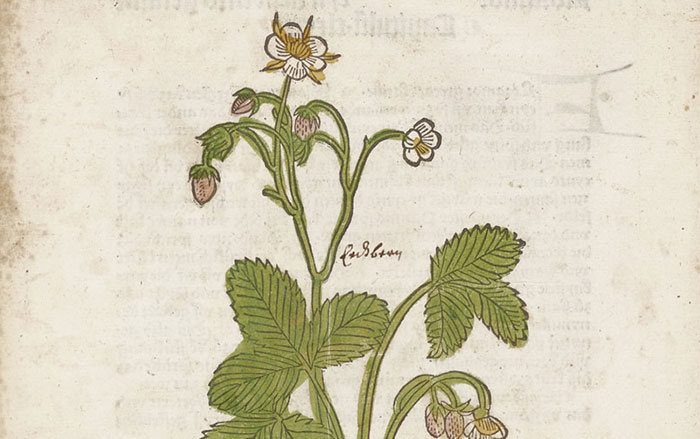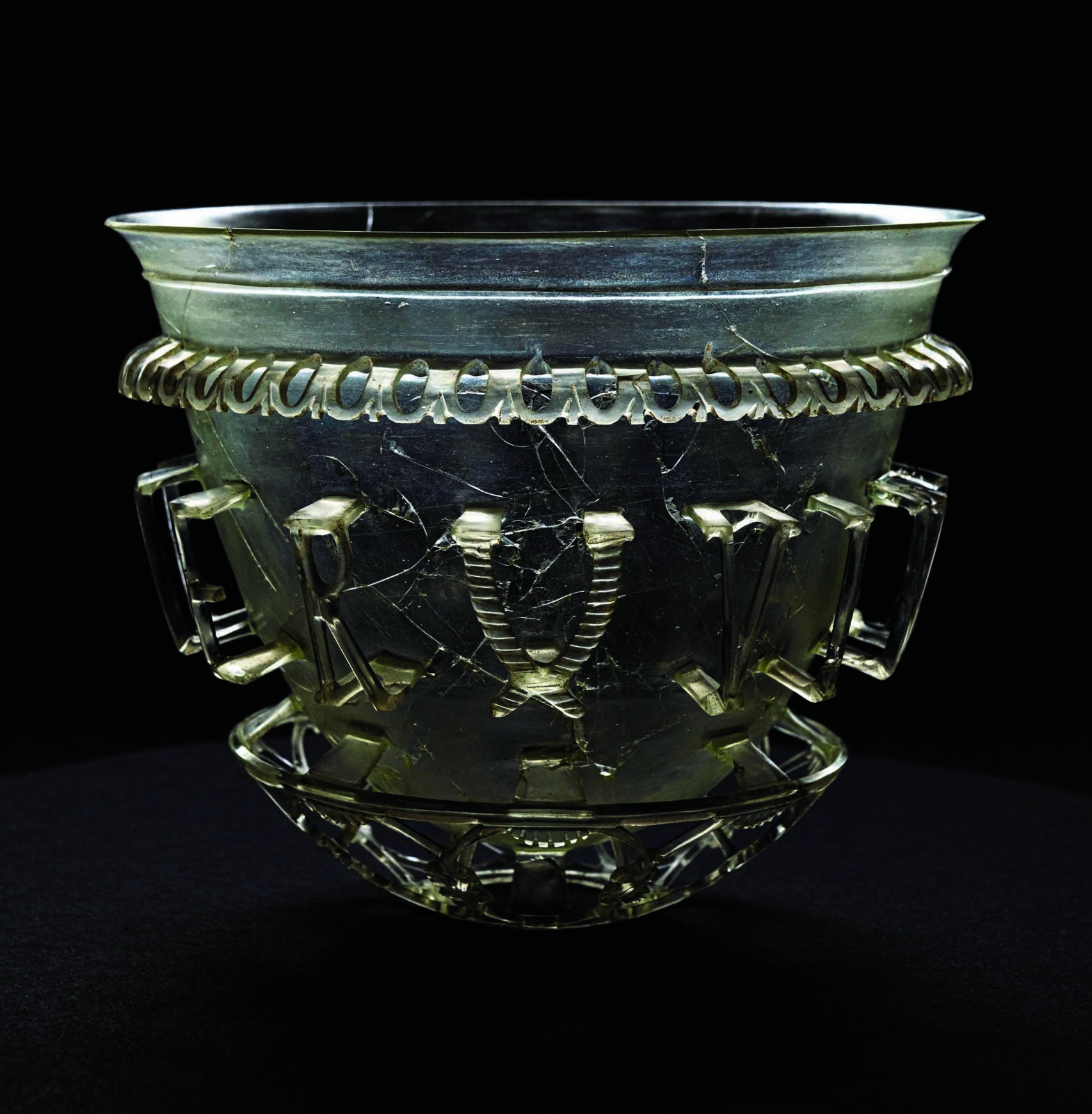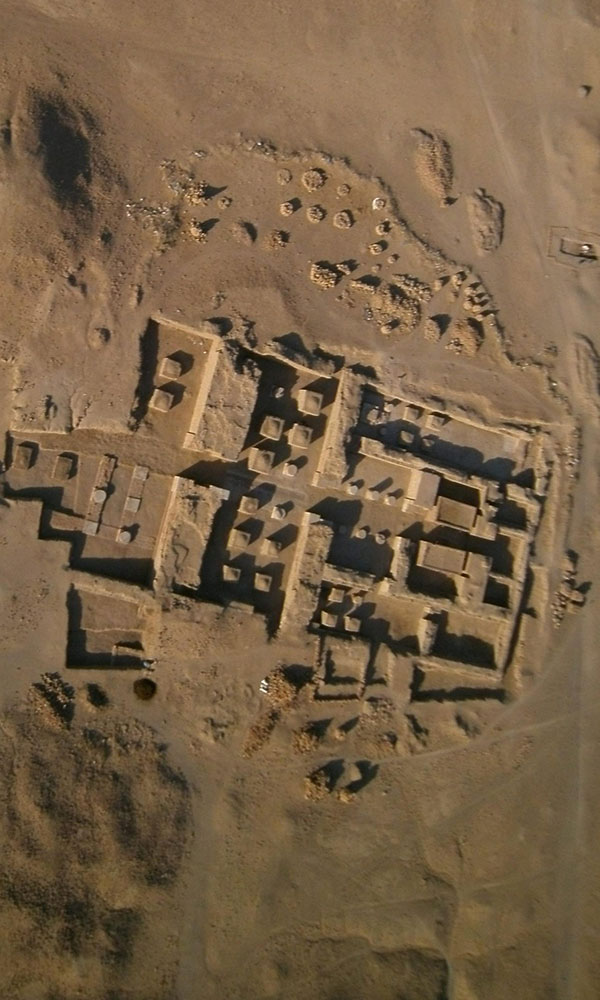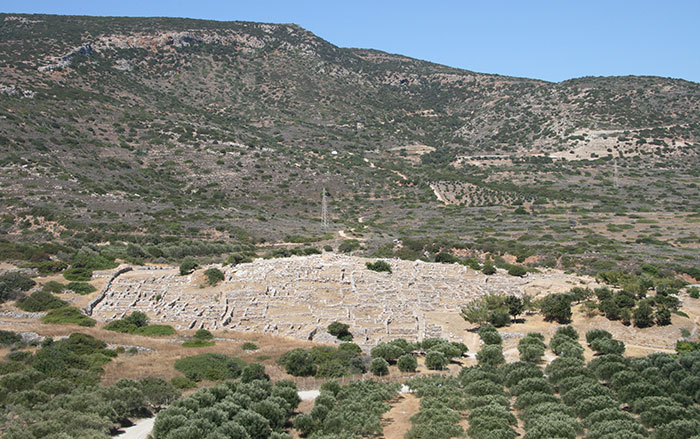
RENNES, FRANCE—The well-preserved remains of Louise de Quengo and the heart of her husband, Toussaint de Perrien, Knight of Brefeillac, were found in a sealed lead coffin in a stone tomb at a convent chapel in western France. The noblewoman, who died in 1656 and was identified through inscriptions on the reliquary containing the heart, is thought to have entered the convent after the death of her spouse in 1649. “We saw at once there was not just a well-preserved corpse but a mass of material that was still supple and humid, and shoes. Because the coffin was completely sealed it had kept everything preserved. But we had to move quickly because once the coffin was opened it sets off the decomposition process again after 350 years. We had 72 hours to bring the body down to four degrees to preserve everything,” Rozenn Colleter of the French National Institute of Preventive Archaeological Research (INRAP) told The Guardian. Medical tests showed that De Quengo suffered from kidney stones and that she had lung adhesions. She will be reburied later this year, but her clothing, made up of simple religious vestments, will be preserved. To read about a purported relic of the French Revolution, see "French Revolution Forgeries?"











